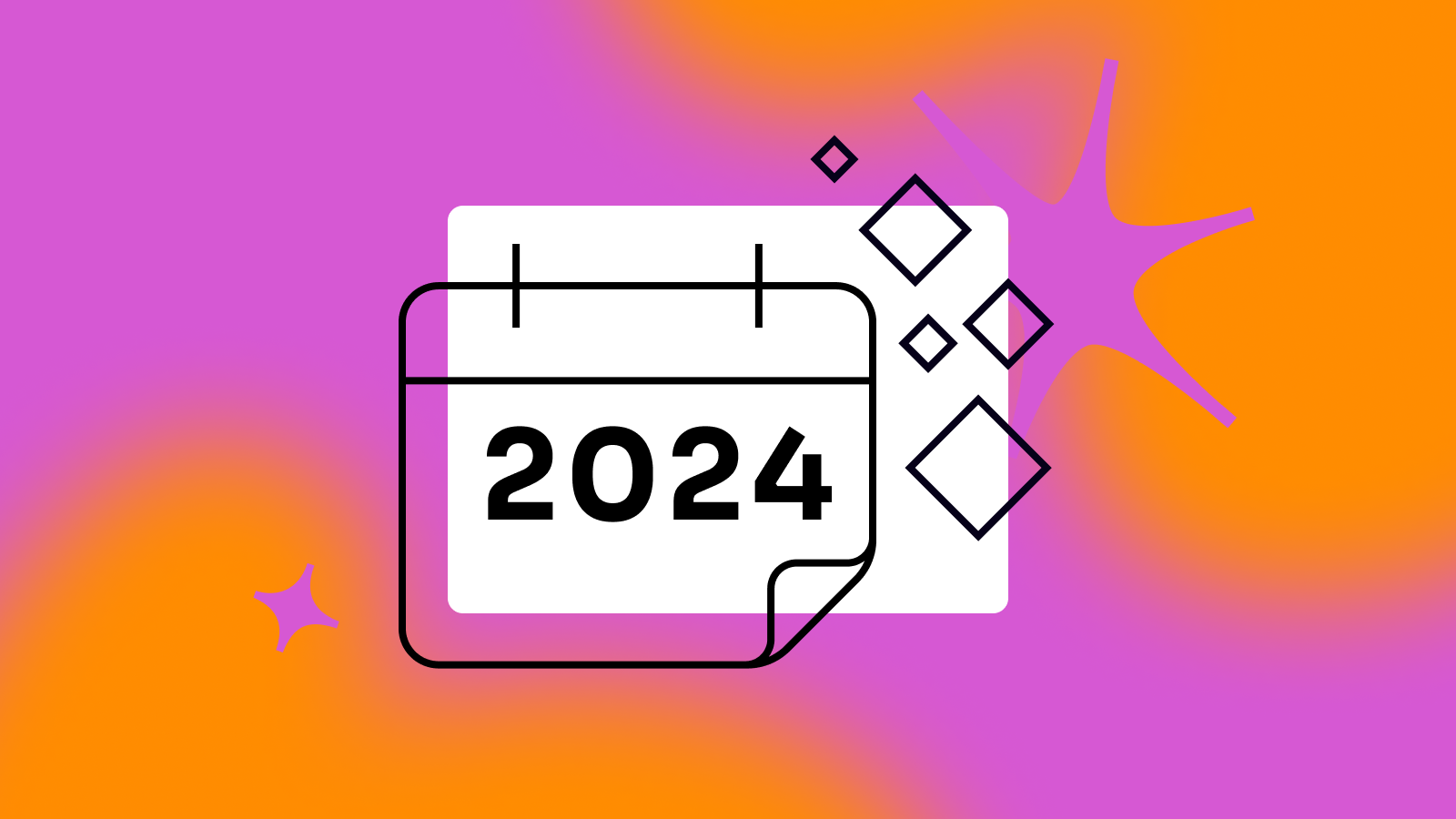Here’s an alarming stat for a product team: millions of people open Adobe Photoshop one time, stare at it for a few seconds and never open it again.
Scott Belsky calls it the “first-mile” challenge, and a passion for addressing the problem is what made him jump back into Adobe in December, nearly two years after he left the company.
From the main stage at the annual SaaStr conference last week in San Francisco, the Adobe Chief Product Officer and Executive Vice President of its Creative Cloud suite explained his three-pronged theory of why users fail to adopt new products.
His goal as a product leader, advisor, and investor at Benchmark Capital is to get more companies—both startups and enterprise companies, B2C and B2B—to pay attention to the first mile of a customer’s experience with a product.
He argues that the most successful products—the ones that get us hooked on an app or site or experience—address three natural human tendencies:
- A trio of characteristics we’re all ashamed to admit: laziness, vanity, and selfishness
- Our natural avoidance of anything that involves choice
- Our tendency to cling to the familiar even as we want for novelty
Here’s how Belsky relates them to product decisions, along with suggestions for how to adapt.
Human tendency #1: Laziness, vanity, and selfishness
Despite the relative ease of taking part in onboarding, watching instructional videos or writing a bit of code, the majority of users drop off during the first mile – according to Belsky, because they are lazy, and by nature are disinterested in learning something new.
Belsky’s tip for combating laziness is to automatically walk users through a default experience with the product rather than requiring them to initiate the learning or experimenting. Quoting serial entrepreneur Dave Morin’s “the devil’s in the defaults,” he advocates for an incredible default product experience, with the recognition that this will be the experience 90 percent of customers have forever.
Vanity is most easily explained through typical user behavior on social media. People may passively engage on Instagram on a daily basis, but as soon as they’ve posted content, usage increases dramatically. The most social consumer products are more about seeing who saw your content than about seeing what others post.
Belsky’s advice for product teams is to think about the network effect of what you’re building and what ego analytics might keep users engaged solely because of their own vanity.
Third, selfishness. People by nature want to benefit immediately from the time they spend on something. We are selfish with our time and naturally skeptical of long-term promises. Products need to deliver value quickly, even if the benefits of using them do unfold over time.
An example: Slack. His team adopted the tool fast due to its use of gifs. Slack used humor as a tactic to get people through the first mile, so they could discover the long-term utility of using the tool for workplace collaboration and communication.
Product marketing messages like “Get paid faster” and “Just two lines of code” address our selfish tendencies, Belsky says. His advice for product teams is to play a critical role in developing marketing copy. The message, he says, is a part of the product experience.
Human tendency #2: We avoid making a choice (in fact, we don’t even want choices)
Not only do we worry about making a wrong choice, but we actually don’t even want choices. The more options provided, the less likely users are to engage in a product or stay engaged, he told the crowd at SaaStr.
“Great product managers are always fighting the tendency to add complexity to the journey,” he says.
To avoid too much complexity or specification, stay close to new customers and favor their problems over the power users. Recognize that new cohorts of users are inherently different than the early adopters. Product teams can stay relevant, and keep the first-mile experience top of mind if they adapt to the needs of the newest users all the time.
It’s not just to keep your product growing, he says, but to “ground yourself from all the things you start to believe by listening to power users all day.”
Human tendency #3: Humans say they favor novelty, but they actually cling to familiarity
Author and marketing guru Seth Godin calls it “the lizard brain.”. There’s biology in the brain that subconsciously routes us away from the unfamiliar or uncomfortable.
Belsky learned this lesson when he started Behance, the online portfolio site for creatives, which Adobe acquired in 2012. His team tried to be creative about the taxonomy of the product, putting various types of users into creative realms and circles. But too many users struggled to declare a realm (they weren’t sure what that meant), or join a circle (they didn’t know what joining entailed). The best solution was to use common language like fields and groups. Engagement in the product increased.
Common language or patterns help get customers through the first miles of the product, Belsky said, giving examples like the “party” button on his sound system remote, and the button on his toaster that says “a bit more.”
His suggestion is to “adopt familiar patterns whenever possible. But force new behaviors that power a unique value.” Innovation is critical to truly differentiate a product, but not at the expense of over-complication.
Belsky’s experiences range from startup founder to advisor of products like Periscope, Pinterest, and Warby Parker.
Across the board, he’s found the first 15 seconds of the customer journey to be most critical, but most neglected. Yet, if product teams accommodate for natural human tendencies in the early stages when customers want to judge a product quickly, “you engage and retain customers,” he says, “you hook them in.”

